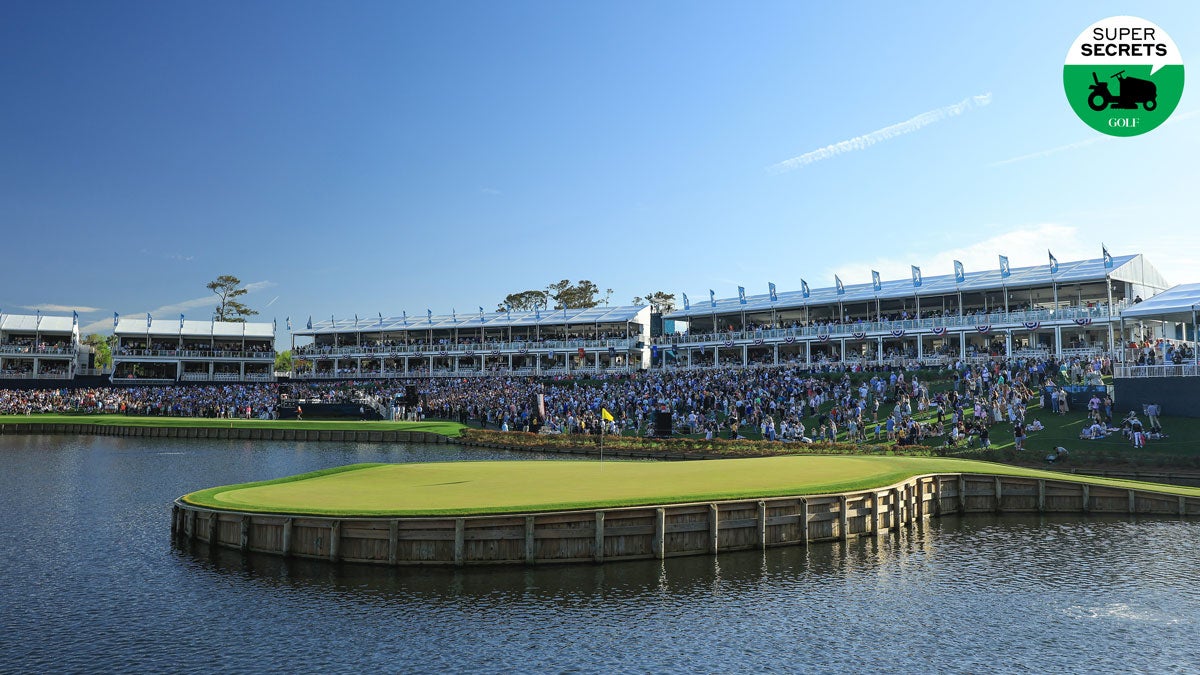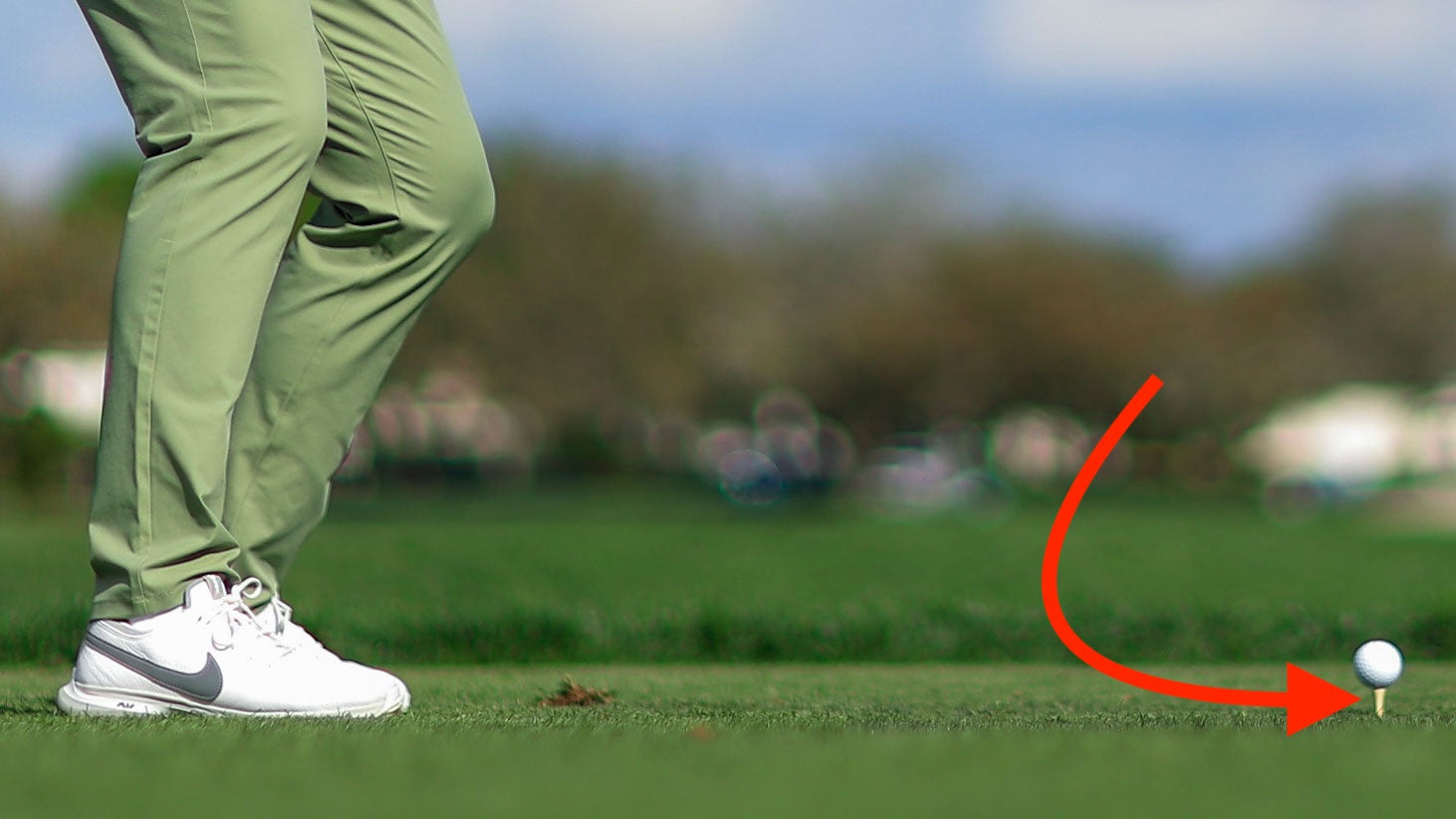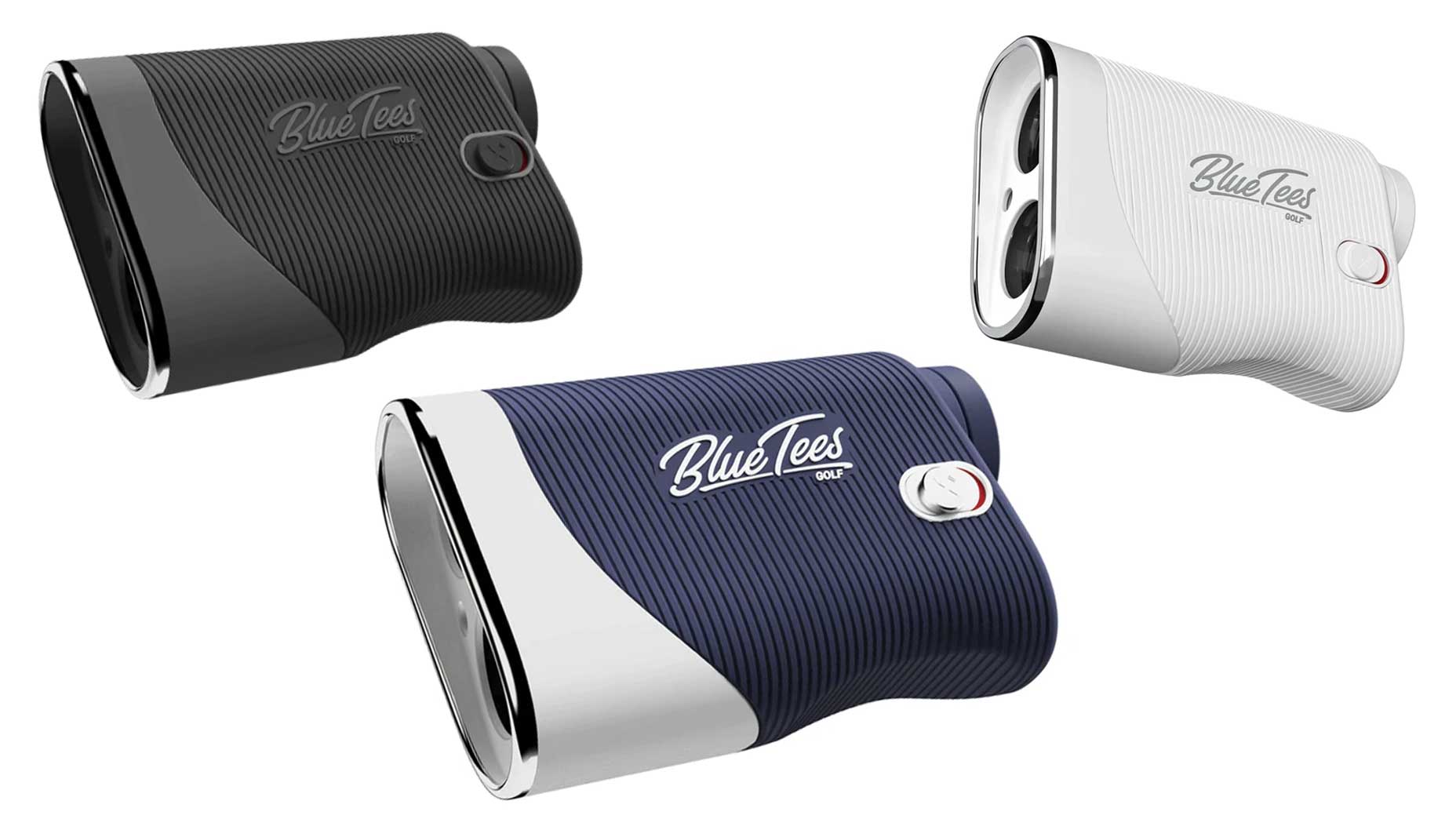
During the Players Championship, mowing patterns vary subtly depending on the weather
Getty Images
At some point this week, it is bound to happen. In fact, it’s sure to transpire on multiple occasions: a poorly struck ball will wind up in the water on the island-green par-3 17th hole at TPC Sawgrass, whether by falling short, bounding long or missing wide.
That’s okay. Bad shots should be punished at the Players Championship.
Tournament officials want it that way.
What they don’t want is a well-struck ball to touch down on the putting surface, only to trickle off it into the drink.
The shot should be a challenge. It shouldn’t be unfair.
How to strike that balance?
At the game’s highest level, on a green with narrow margins between success and failure, the difference often comes down to maintenance, particularly around the collar, and mowing heights measured in fractions of an inch.
Jeff Plotts is director of golf course maintenance at TPC Sawgrass. We asked him how he and his team handle the grassy edges of the most famous hole in the Tour’s marquee event.
From wide to narrow
First, some history. The collar on 17 used to be wider. But in 2016, it was narrowed to make room for more hole locations. Once cut with a triplex mower, the collar is now cut with a smaller walk mower, a switch that has trimmed its width from 62 inches to 18 inches. Because the grassy barrier has become more slender, cutting it to the right height is all the more essential to prevent good shots from spilling off the putting surface and getting wet.
A game of inches
For the tournament, the collar is cut to height of about one-quarter of an inch, which is enough to slow a ball but not always to hold it. The more reliable safeguard is the intermediate cut, a shaggier rim between the collar and the water that is mown to a height of about an inch, unless playing conditions dictate otherwise.
Adjusting to the forecast
On the face of it, the 17th, which plays anywhere from 120 to 145 yards, depending on the tee and hole location, is a fairly simple shot for the best golfers in the world, until the pressure builds and the winds kick up. Plotts and his team keep a close watch on the weather. Their usual practice is to mow the collar and the intermediate cut after each day of play, but they modify the practice depending on the forecast. If winds are expected the following day, they’ll skip the evening mow, so the grass is better fit to stop a ball.
What to watch for
The island green is a stage, designed for entertainment that’s all the more dramatic when players have a chance to spin the ball back toward the cup. Fans love it. Tournament officials dig it, too. On Sunday, they go with a traditional front-right flag, a fine spot for theatrics. On the other three days, they rotate among four other hole locations, two front, two back. The back pins tend to be more demanding. Fly the ball a fraction too far, and it bounds off the back shelf into oblivion; not even a shaggy collar is going to save it.
The front pins tend to yield more birdies, even aces. For that reason, you’ll likely see the flag up front on two of the three days leading up to Sunday (if conditions are especially benign, the two tougher back pins might be used), allowing the players to land their shots just long and suck them back without worrying about an unfair roll into the water. If all goes as planned, a ball destined for dry land will remain on dry land, and a ball bound for the water will get, well, wet.









